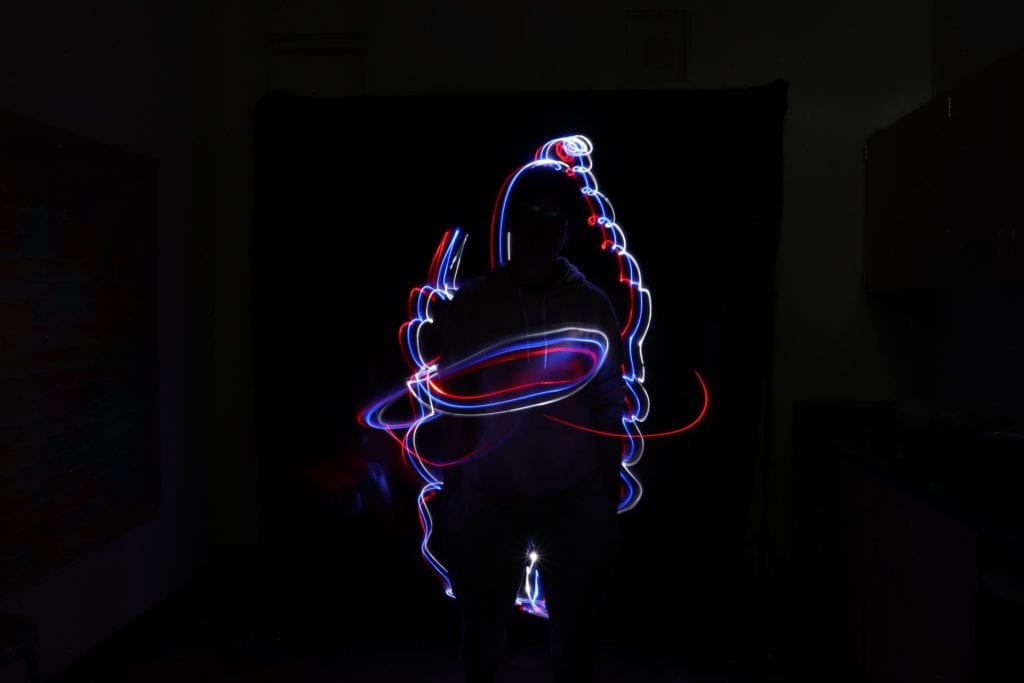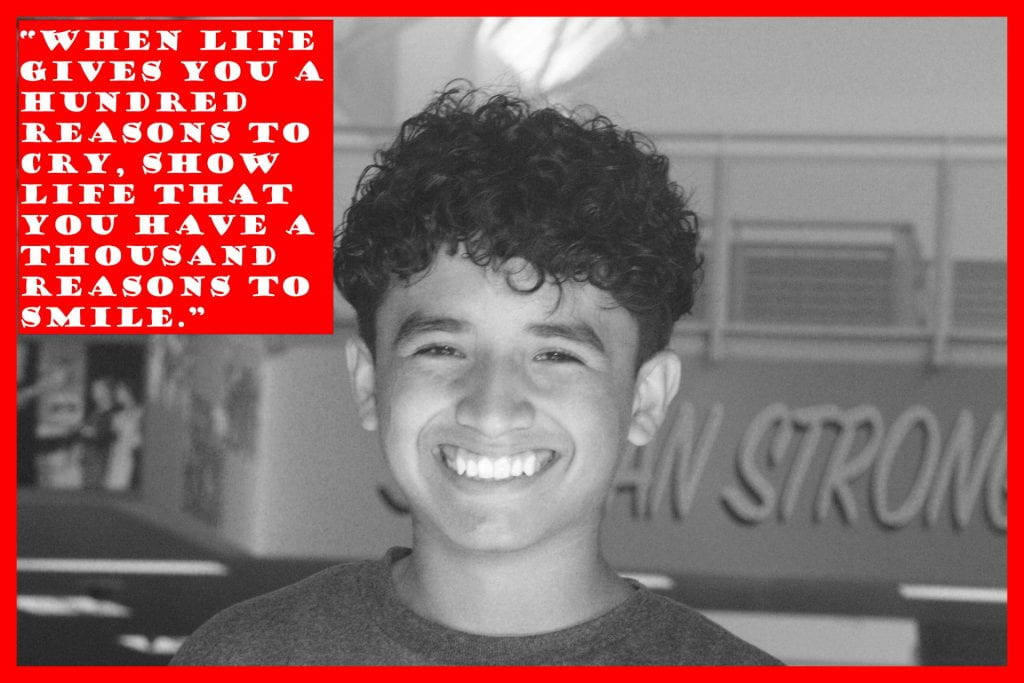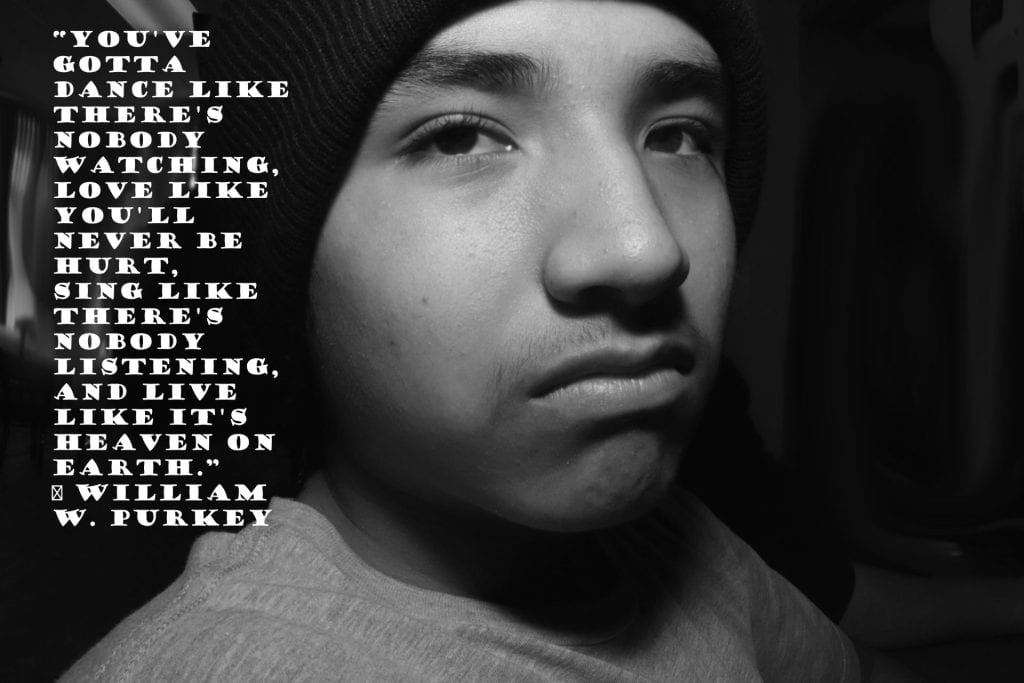METICULOUS PHOTOGRAPHY
Barbra Krueger
Photo Tips
1. No Matter How Pro You Get, It’s Still a Passion Play
Don’t ever lose the spark that got you into photography. Your passion for creating beautiful images of things that interest you is the underlying motivating force behind every shoot you do. When that spark goes out, it also leaves your images. So, treat your inspiration and creativity as the most vital skill you have. Honor it, cultivate it, nurture it.
2. Lighting Is Everything
You can always get to know light better. Whether it’s moving from studio to natural light, from day shooting to night shooting or from flash to continuous light – stay a constant observer of this most important part of photography. Learning more, seeing more, trying more.
If you shoot golden light a lot, try midday. If you always shoot natural, see what happens when you add flash. And if you’ve never done night photography, give it a go. It’s all different ways of capturing light. And it’s all beautiful.
3. Establish Your Own Compositional Rules
Whether it’s an adherence to the rule of thirds, a love of circles, filling the frame, dramatic lines or repeating patterns, your choices in how you frame a shot defines you as a photographer. Know what appeals to you and create your voice through your compositions.
4. It’s All in the Details
Audiences love detail and light provides it. The more light, the more detail. But don’t forget to keep a steady hand, too. This is the physical skill of taking photos – keeping the camera level and still. Keep improving your abilities here, use a tripod when necessary and remember that there are surfaces everywhere to place a camera on or steady yourself with. Also, most new cameras have the ability to click a shutter with your phone. Take advantage of every tool you have to get as much detail in every shot.
5. Shoot like a Pro, Think like a Student
There’s nothing less impressive than the know-it-all photographer. As good as your shots get, there’s always room to learn and improve. When you keep a student mentality, it keeps you curious and hungry. And this keeps you getting better. As soon as you think you got this all down, you join the ranks of the jaded and uninteresting. Stay thirsty, put yourself in places that challenge you.
6. Sometimes Auto Is Exactly What Is Needed
It’s true, mastering your camera and all its settings makes you a more flexible photographer, and there are certain kinds of shots that simply cannot be achieved without taking the reins on your camera’s controls. However, there are also plenty of situations where auto can be a life-saver. No need to make life hard for yourself for no reason. If you’re simply out trying to capture a moment, try it on auto for a bit – your camera may surprise you. Doing a portrait in a difficult lighting situation? Try putting it on aperture priority, going as wide as it will allow for that shallow depth of field and let the camera figure out the rest. It’s there to make your life a little easier when you need it. No shame in the auto game.
7. Read the Manual
Very few of us read our manuals. But you should definitely think about digging it out and learning something new about your gear. Put aside some time on a rainy day, or during a long, boring airplane ride. As dry as that writing is – and as many times as you’ve tried to understand what TTL or rear curtain means – really studying it might just lead to the idea you need right now.
8. Be Someone Else for a While
“Create your own voice!” You hear that alot in the photography world. And it’s super noble. On the other hand, there’s an incredible amount of inspiring photographers out there doing awesome work – why not just taste a bit of someone else’s style and see if it sparks something new in you? Truth is, you’ll never do exactly what someone else did – it’s too hard to control every single variable anyway. Use someone else’s genius as a starting point and then go be your own genius. Scientists work this way, why can’t photographers?
9. You’re in RAW, Right?
Just a quick reminder here to give yourself every bit of flexibility and detail available in your great camera by keeping it on RAW mode. RAW images allow more forgiving post work with more data and detail to make your image exactly the way you want. You can even compensate for a bad exposure or bring up some shadows.
10. Zen and the Art of Aperture, Shutter Speed and ISO
Here’s what you need to know about the big three: aperture, shutter speed and ISO. Each one is designed to give you more light, with a payoff. The art of truly mastering the manual mode is understanding what each one of those elements takes away as it gives you more light.
Larger aperture gives you more light, but takes away the length of your depth of field (blurrier backgrounds). Slower shutter speeds give you more light, but can make your images blurry if either the camera isn’t still or the subject moves. And higher ISO will offer you more light, but will add noise to your image.
So, in becoming a master of manual, don’t think about what the controls give you, think about what they take away. Ommm.
I feel like all of these are very much essentials and are the basics to photography, all of these tips sum up to what you need in order to start photography.
Magazine Cover
SURREAL
poetry
PUT YOURSELF IN HISTORY
Buying A New Camera
The Canon EOS R6 II is a 24MP full-frame camera aimed at enthusiast photographers and video shooters. It may look identical to its predecessor on the outside, but it gains useful new features for stills and video while providing a refined shooting experience.
Key specifications
- 24.2MP CMOS sensor
- 12fps mechanical shutter (40fps electronic shutter)
- Built-in image stabilization rated to 8.0 stops
- People, animal, and vehicle AF subject detection
- 4K/60p video (oversampled from 6K)
- 6K ProRes RAW video with a compatible Atomos recorder
- Raw burst mode with pre-capture
- Moving subject HDR mode
- 3.68M-dot EVF capable of up to 120 fps refresh (0.76x magnification)
- 1.62M-dot, 3-inch rear touchscreen
- Dual UHS-II SD card slots
- 580 shot-per-charge battery rating (CIPA)
-
What’s new
24MP full-frame sensor
The headline new feature of the R6 II is a new 24.2MP full-frame sensor, up from 20MP in the original R6. That’s not a massive increase in effective resolution, but it does allow the R6 II to match the resolution of many popular enthusiast cameras.
RECENT VIDEOSAs is typical for EOS bodies, the new sensor is designed and manufactured by Canon. However, despite being the same size and resolution as the sensor in Canon’s current flagship, the R3, it’s neither a BSI nor a stacked sensor. Despite this, Canon says rolling shutter performance is still improved relative to the sensor in the R6. It’s capable of burst rates up to 40fps with the electronic shutter, though the camera drops to 12-bit readout to achieve this.
Video features
The original R6 could capture UHD 4K/60p video but with a couple of limitations: it forced a slight crop (1.07x) from the full width of the sensor, and video in all modes was capped at 30 minutes per clip. The new model improves in both areas while adding some exciting new features.
The R6 II captures oversampled UHD 4K/60p video using the entire width of its sensor – no more crop. It’s also possible to capture 4K/60p from an APS-C crop of the sensor. In both cases, thermal performance appears to be improved. Canon claims you can record 4K/60p for up to 40 minutes using the full sensor width, and up to 50 minutes in APS-C mode, assuming an ambient temperature of 23°C (73°F). There are no time restrictions when shooting at slower frame rates like 4K/30p or 4K/24p.
High frame rate performance has also been improved, with the R6 II able to capture up to 1080/180p, compared to 1080/120p on the R6. However, Full HD footage is not oversampled, so there’s some loss in quality. Canon says you should be able to record for 60 minutes or longer in this mode before overheating becomes an issue. That’s a lot of slow-motion footage.
Our team at DPReview TV were able to record 4K/60p for over an hour at room temperature (presumably below 23°C), which suggests overheating isn’t a particularly significant issue on this camera unless you need to record long clips, such as interviews, at 4K/60p.
The R6 II also supports a ProRes RAW video workflow when paired with a compatible Atomos recorder. This includes 6K Raw video using the entire sensor width or 3.7K Raw video using a Super35 crop. The camera can simultaneously record FHD proxy files internally when using the external Raw workflow. Support from Atomos wasn’t available to test on our pre-production body, but support is typically announced alongside a new camera launch.
In other nods to video users, Canon added several features to improve the video workflow. When working in video mode, the Q menu presents a different interface that’s more video-oriented and, as in stills mode, the Q menu can be customized.
The camera also includes a variety of aspect ratio markers, both horizontal and vertical, and a false color display that makes it easy to judge the exposure of a scene. It also has a mode you can activate to automatically pre-record and buffer video for three or five seconds, saving the clip from before you hit the record button.
Autofocus
According to Canon, the R6 II incorporates more machine learning in its AF algorithms and inherits some of the technology from its flagship EOS R3 (but not the R3’s eye-controlled AF system). The result should be improved stickiness as the camera tracks subjects.
The R6 II adds new subject tracking modes, going beyond the ‘people’ and ‘animal’ options found on the R6. There’s now a ‘vehicle’ option optimized for motorsports, cars, motorcycles, aircraft (including helicopters) and trains. Animal tracking now includes support for horses (and zebras, for those going on safari), with the camera set to recognize both the eye and the head.
When photographing people, the camera can now be set to focus on either the left or right eye or to select the closest eye automatically. For more control, it’s possible to set a custom button to toggle back and forth between either eye manually.
However, the addition that may prove most useful is a new ‘auto’ mode for subject recognition and tracking. Instead of pre-selecting your subject mode, auto combines all the subject-specific modes and attempts to apply the best algorithm based on the detected subject. This can significantly simplify the shooting workflow when photographing mixed subjects.
Finally, when shooting video, the R6 II includes a new ‘detect only’ AF mode. When tracking a subject that disappears out of frame, this mode instructs the camera to leave focus where the subject left off rather than hunting back and forth for new subjects.
Raw burst mode
Raw burst mode is a new feature that layers some potentially helpful features on top of the camera’s 40fps shooting capability. It works only with the electronic shutter.
When shooting a burst of Raw images, the camera groups the entire set of photos together and presents itself in playback mode under a single thumbnail image with a special icon. You can then browse the series of images from a single burst, similar to how you browse a group of burst images on many smartphones, and select the best shot(s) from each sequence to save.
This feature has the potential to be quite helpful. In most scenarios where burst shooting is common, chances are pretty good that what you’re really trying to do is nail a single decisive moment, such as a diver at the instant before they enter the water. Raw burst mode allows you to review each burst sequence and save the one or two shots you care about.
Raw burst mode also includes an optional pre-shooting feature. When enabled, a half-press of the shutter button tells the camera to begin buffering frames. Once the shutter is fully depressed, the camera will capture a half second of buffered pre-click images, followed by the rest of the shots in the burst.
Moving subject HDR
Canon has added a new feature it calls moving subject HDR. Canon claims this mode can capture additional dynamic range with virtually no ghosting of moving subjects, though it has some limitations. To start, it won’t output Raw files, so you’ll be limited to JPEG. In our pre-production body, it also slowed down burst shooting somewhat. Finally, moving subject HDR raises the base ISO to 800. In our limited use, it produced images that looked over-processed, and we didn’t particularly like the exaggerated results, but we haven’t tested it on a full production body.






























































